Search
10351 Detection and Monitoring of Napthenic Acid Corrosion in a Visebreaker Unit Using Hydrogen Flux Measurements
Also Purchased
06436 HYDROGEN FLUX AND HIGH TEMPERATURE ACID CORROSION
Product Number:
51300-06436-SG
ISBN:
06346 2006 CP
Publication Date:
2006
$20.00
07573 Survey of Materials in Hydrotreater Units Processing High TAN Feeds
Product Number:
51300-07573-SG
ISBN:
07573 2007 CP
Publication Date:
2007
$20.00
10178 Correlation of Hydrogen Flux & Corrosion Rate Measurements Carried out During a Severe Episode of Corrosion-Erosion Attributable to Naphthenic Acid
Product Number:
51300-10178-SG
ISBN:
10178 2010 CP
Publication Date:
2010
$20.00




